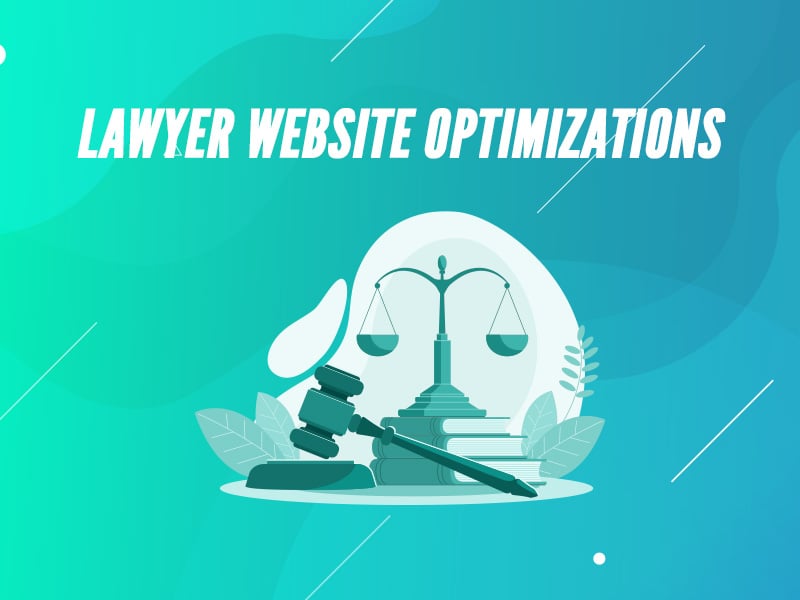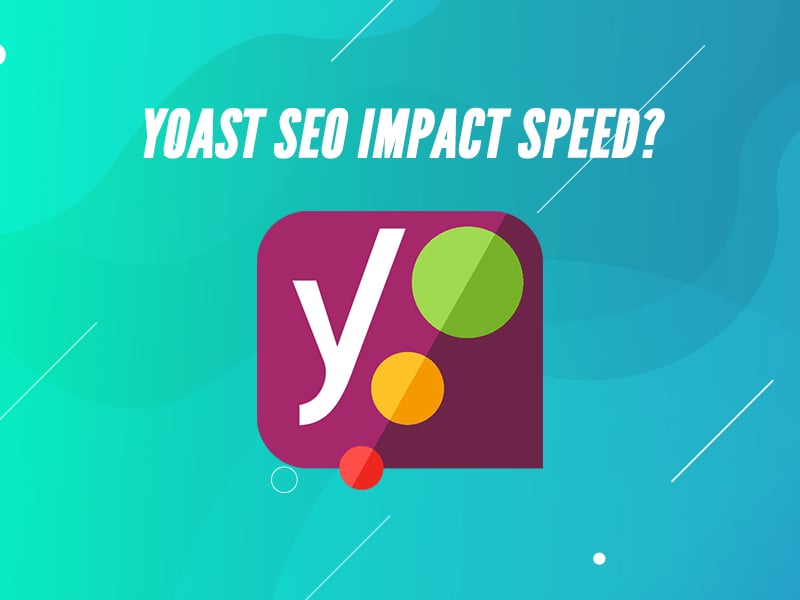UX affects nearly every aspect of web design. User Experience (UX) design has one priority in mind: making the website as simple and easy as possible for the people who use it.
For the millions of business owners around the world, exposure is everything. Google’s search rankings aren’t just useful, they determine the success of millions of websites, and web devs and designers know this.
Google has been using content to determine rankings for years - and they’re doing the same with UX now too. Now, UX designers are using the same principles for Search Engine Optimization (SEO). The user experience doesn’t just affect how someone feels about a website, it can lead to some important metrics. How long a user spends on a website, which links they click, and how long they spend on a single page are all details measured by Google Analytics.
That said, metrics on Google Analytics are NOT ranking factors but should be used as a guide for optimizations. You may want to research the concept of Clicks Per Search (CPS) or the amount of times someone clicks on a website in the search results before they stop. It’s a good assumption that the last one they clicked gave them the answer they were looking for – hence the website must be good and should rank higher. I talk about this below.
Google is constantly changing. Just recently Google made updates to their algorithm to detect spam, so developers who overloaded their websites with useless SEO content are going to have a bad time. For anyone who thought they were gaming the system, the game is officially over.
We make some damn good websites.
Hit Us UpUnderstanding How Google Evaluates UX
As of the Summer of 2021, Google is using UX to inform its website rankings. Does that mean that a team of developers or designers is combing through every website to give it a score? Nope. Google’s “visual indicator” does that work for them, as it was specifically created to find and analyze website UX. The sites designed with UX in mind will rise to the top of rankings while the others get sent to the bottom.
There are a few important data factors that Google uses to generate those rankings. They’re referred to as Core Web Vitals, and they can be separated into three different categories: largest contentful paint, first input delay, and cumulative layout shift. We’ll dig into those in our next section.
Another cornerstone of the Google algorithm is Google Quick Answers. It’s not a new game show you haven’t heard of yet, it’s a way of analyzing how quickly a user can get information from your website. When an article or blog post has a “snippet”, preview text, or key takeaways it’s creating content that Google can pull for its results. Google is going to highly favor posts and blogs that have those snippets, so get good at summarizing your content!
Clicks Per Search (CPS) is all about counting how many times folks click on different websites after they\'ve searched for something until they finally hit the jackpot and stop searching. Basically, if they stop at your site, it\'s like the internet\'s way of saying, "This is the one!" That last click is a big deal because it shows your site had the answers people were looking for. So, search engines give your site a little nod and might bump you up higher in the search results. It\'s like being picked first for dodgeball because you\'ve got the skills – in this case, the skills to satisfy what people are searching for.
Core Web Vitals & SEO
Remember those Core Web Vitals we listed? They weren’t chosen arbitrarily. Each one of them measures a form of loading speed, interaction, or visual stability. They don’t just affect UX, it’s also hugely important to SEO.
Essentially, the goals of both SEO and UX are increased engagement and CTRs (click-through rate). Google clearly thinks so too, because every one of their measurements is based on user experience. Here’s a breakdown of the three Core Web Vitals:
- LCP (largest contentful paint) - this measures just how quickly the main content of a page loads, counting from the moment the page is clicked to when the final image or text block is loaded.
- FID (first input delay) - this measures the amount of time it takes a page to respond to the user’s first interaction.
- CLS (cumulative layout shift) - this creates different scores and measurements that weigh the different elements that could be shifting or loading while a user remains on a page.
When every one of those factors is improved, it not only benefits SEO, it can boost it. You want return traffic and increased engagement, and complicated websites with too much content aren’t going to deliver it.
The key takeaway you should be gleaning from this info is that simple is better. A user is going to your page because it answers a question or offers a product. That intent should be immediately clear, otherwise, you’re not only going to confuse your traffic, but you’re going to fall down Google’s rankings.
Quick Tips
You can find several auditors that measure UX and SEO. I’ve written about several ways you can test them for free, but there are some quick fixes you can implement immediately.
- Have clear, concise URLs, Meta Descriptions, Page Titles, and a brief “summarization” section at the top of your page.
- Don’t overuse SEO. I’ve written about just how badly an overuse of SEO can screw up your site. Research your keywords and find ways to add them organically, but don’t cram your site full of them lest you succumb to Google’s new spam policies.
- Create simple and clean pages that aren’t overstuffed with content or graphics.
- Make every menu and navigation tool simple and comprehensible.
Simple advice, yes, but when the idea is to simplify it’s better to avoid making things complicated - even when it comes to web design.
Mobile Optimization: More Important Than Ever
You already know how important it is to be optimized for mobile. Roughly 60% of all Google searches are made on a mobile phone, so sites that aren’t optimized for it are already dozens of steps behind. As it turns out, those sites are miles behind.
Google’s search rankings use a mobile-first indexing practice, where Google will first use the mobile site to determine its indexing and ranking over a desktop option. That means their web crawler is going to prioritize pages that are optimized for mobile over ones that aren’t. A scary thought for some websites, but one that’s easy to avoid.
Not only can a site be optimized for mobile, but you can change content practices to further optimize it. Some easy ways to do this are:
- Choose a layout strategy and stick to it, especially when it can be used for mobile and desktop.
- Research the kind of UI users prefer, via feedback or auditing, and then make the changes to appease their tastes.
- Optimize video and photo content so that it’s also mobile-friendly.
- Avoid pop-ups that are difficult to close on mobile devices.
Don’t worry, when utilized correctly these changes aren’t going to affect your desktop site. It’s just going to make sure your website is simple and friendly to the billions of mobile users around the globe.
Beyond Google’s Valuations: User Engagement Metrics
It’s hard to ignore the fact that almost all of the above data and info comes directly from Google. That data is valuable but it does have its limits. The data sampling is still derived just from one search engine, so it’s biased in its own way. That’s why devs and website owners need to be testing from different sources. Not every audit or test is going to give you the same answers. Try different strategies, and perspectives, to learn about the UX or SEO changes you should be making. Not all sites around going to pull data from Google Analytics from their rankings, so make sure you’re testing your site with as many available resources as you can.
Strategize so that you can avoid users immediately clicking away from your site, also known as the bounce rate. Those strategies should also increase the amount of time users are spending on your site. I’ve mentioned some already, but you can do this by:
- Simplifying navigation on your site.
- Improving and focusing on the quality of messaging, blog, and article content.
- Add Social Proof (i.e. social media, testimonials, reviews).
- Improve loading speeds and web hosting.
- Add FAQ pages or AI-powered live chats.
These aren’t simple solutions, but they keep users from asking questions your website can’t answer. The user experience should be your main priority and these ideas will reflect that.
Know your market, know your users, and they’ll be much more inclined to want to know your business.





